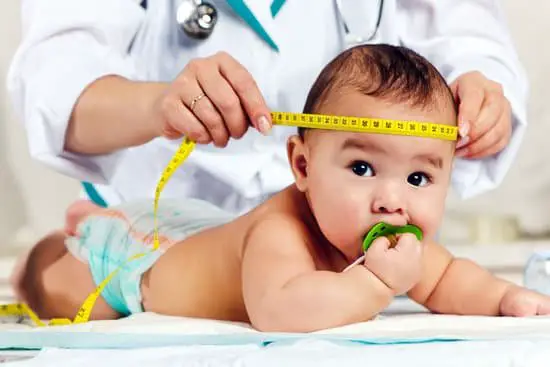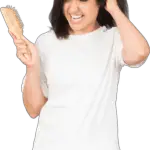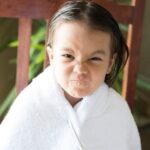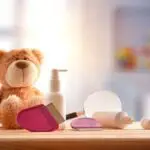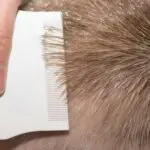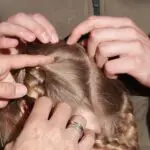Are Head Lice Harmful?
To determine whether your child has head lice, it is important to do a thorough inspection. You should check all furniture, bedding, carpet, and rugs, and wash any items worn by the child in the last 48 hours. In addition, you should dry any items in the dryer on high heat. You should also vacuum the carpet. If you find lice, you should contact your child’s preschool or day care. You should also keep the child home for a full day after the treatment.
Although head lice aren’t dangerous, they can cause discomfort. Children should avoid sharing combs, tuques, and hats with other children. Avoiding sharing personal items with children infected with head lice is essential to keeping the problem under control. If you’re unsure whether your child has head lice, ask an adult to check your child’s hair every three to four days.
Treatment for head lice is usually a combination of over-the-counter medications and prescription medications. However, lice are becoming increasingly resistant to these medications. The most common symptom of an infestation is itching. This is due to an allergic reaction to the lice’s saliva. However, some people become immune to the saliva and don’t experience itching.
The head louse is a tiny, grayish insect that lives on the scalp. The female lays eggs on hair shafts that are about 1/4 of an inch (5 millimeters) from the scalp. The eggs hatch after six to nine days and the nymphs will become adult in 12 to 14 days. Then the cycle starts again.
